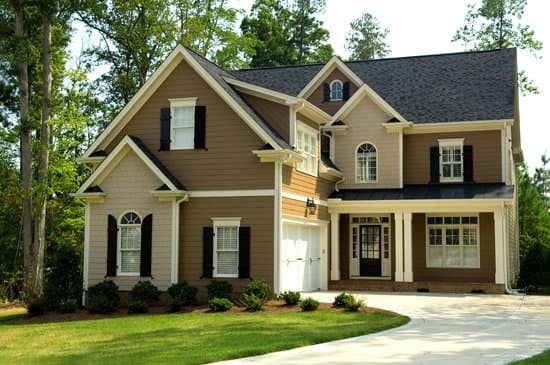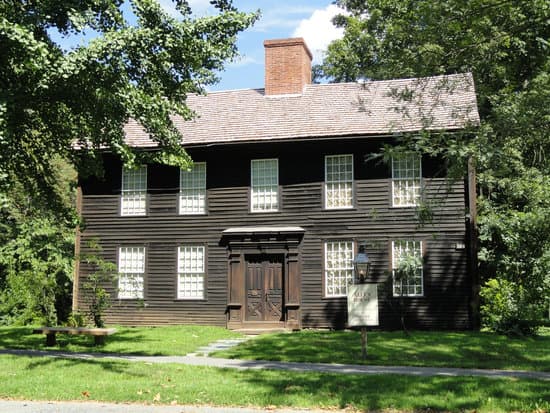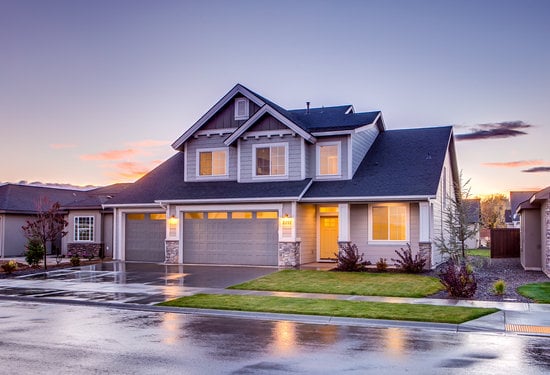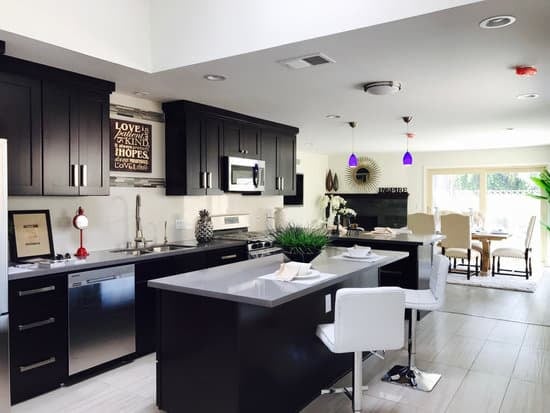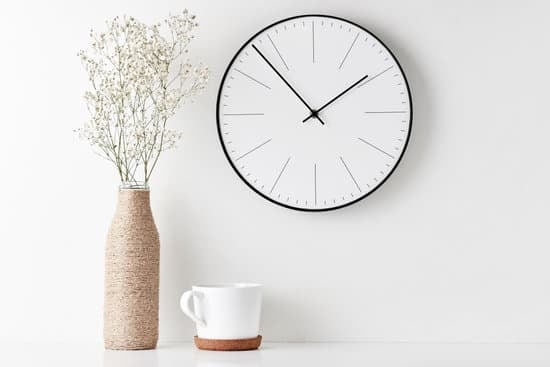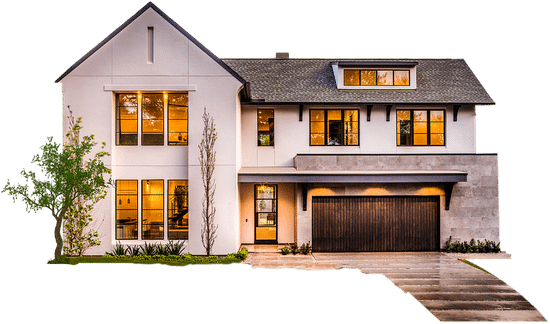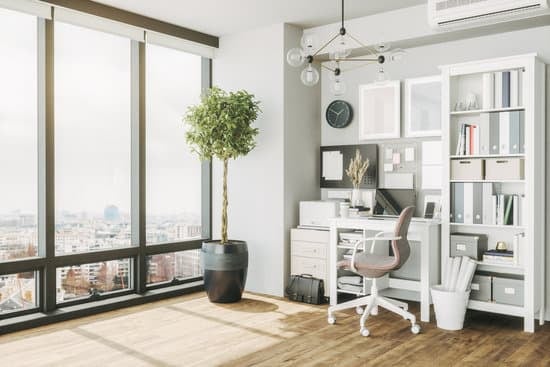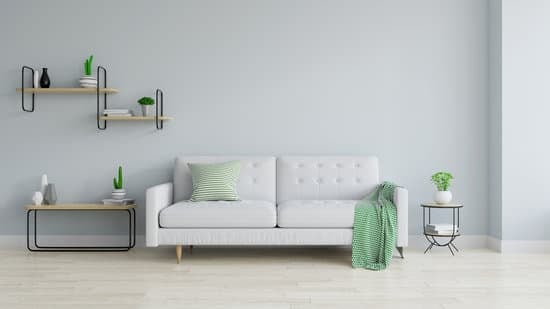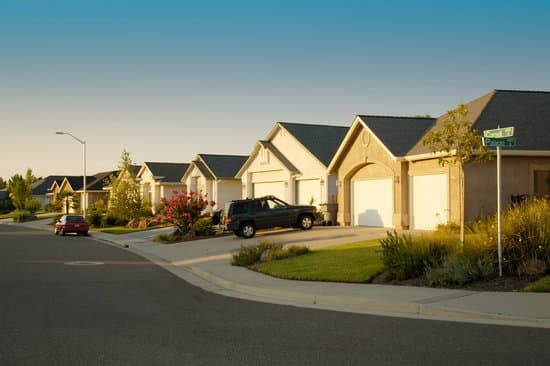The Six Elements of Design for Landscapes
When it comes to creating a beautifully designed landscape, there are six elements that should be considered. These elements are balance, focalization and simplicity, rhythm/line, harmony, and proportion. Incorporating these elements into your landscaping plan can result in a visually appealing and well-balanced outdoor space.Incorporating Balance in Landscaping
Balance in landscaping refers to the overall visual equilibrium of the space. A well-balanced landscape design has equal visual weight on each side of its vertical and horizontal axis. Here are some tips to achieve balance in your landscape design:- Use symmetrical shapes and arrangements to create balance in the space, such as two matching flower beds or a pair of trees planted on either side of a pathway.
- Consider the visual weight of plants and objects in your landscape, and distribute them accordingly. For example, a large boulder may balance out a group of smaller plants.
- Utilize colors that are harmonious and balanced throughout the space, with emphasis on one or two accent colors
Focalization and Simplicity in Landscape Design
Focalization is a design principle that directs the viewer’s eye to a central point of interest. Every landscape should have a focal point or focal points to guide the viewer’s gaze and add visual interest. This could be a statue, a fountain, a large tree, or anything that adds visual interest to space. Simplicity is about creating a well-organized, neat and clean outdoor space.Understanding Rhythm and Line in Landscaping
The use of rhythm and line refers to using curves to direct movement throughout your landscape, and creating a sense of flow. Here are some tips for utilizing rhythm and line in your landscape design:- Use curved lines to create a sense of flow and movement in your landscape
- Repeat shapes and patterns throughout the space to create visual harmony and rhythm
- Use different materials, such as paths, retaining walls, or hedges to create a sense of structure and form in the space
Achieving Harmony in Landscape Design
Harmony is created when the elements of your landscape flow together cohesively. These elements could include color, texture, form, and scale.- Use complementary colors to add depth and interest to the landscape
- Combine different textures like fine grasses, rocks and mulch to support the harmony of the space.
- Use plants and hardscape materials that are proportional to the other elements of the landscape
Proportion in Landscaping: Importance and Tips
Proportion in landscaping refers to the relationship between the size and scale of the objects in the landscape. Proper proportion creates a sense of balance and harmony. Here are some tips for utilizing proportion in your landscape design:- Consider the size and scale of your home and surrounding buildings when selecting trees, boulders, or other hardscaping elements
- Use proportion to guide the eye through the space, scaling down objects as they draw closer to pathways or doorways
- Remember that larger elements will draw the eye more than smaller elements, so balance size and proportion to achieve a well-designed landscape




